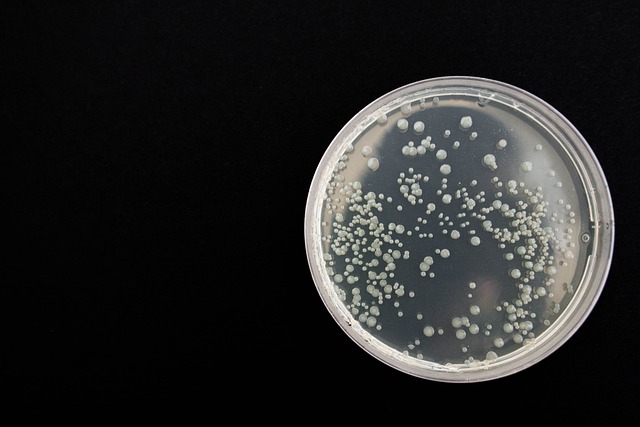It resembles something out of a science fiction or possibly even a horror story. Space stations are typically perceived as sterile environments that are clean and devoid of bacteria. However, this is not the case, as recent observations have revealed that bacteria are mutating aboard the International Space Station. This phenomenon has been characterized as “being unlike anything seen before,” which is concerning news, particularly for the astronauts present. In the article below, we will delve into the study that explores this peculiar occurrence.
Mutating Bacteria on the International Space Station

For the past 75 years, humanity has been exploring space, launching countless objects beyond Earth. In 2023 alone, 2,644 objects were sent into space. It’s hard to fathom the amount of bacteria that likely accompanied them. This doesn’t seem to raise much alarm, as most bacteria are generally harmless and incapable of causing any harm. However, certain strains are known to be hazardous, like Enterobacter bugandensis. Interestingly, this very strain was identified aboard the International Space Station back in 2018.
Multiple Strains Discovered
At that time, researchers identified five distinct strains of the bacteria. However, after further investigation, they discovered eight additional strains. These strains were linked to serious clinical infections and exhibited resistance to multiple antibiotics. The typical microbes and bacteria that coexist with astronauts on the International Space Station play a crucial role in maintaining their health. However, the emergence of harmful, mutating bacteria raises obvious concerns for the safety of the crew. The researchers stated that they had identified “certain genes from our study that are exclusively present in organisms associated with the ISS, but not in their terrestrial counterpart.”
Penetrating a Highly Controlled Environment

The International Space Station is frequently described as a “highly controlled environment, characterized by microgravity, increased CO2 levels, and elevated solar radiation.” Yet, even with this level of control, microorganisms are still able to infiltrate and mutate within this setting. Some scientists believe that in the weightlessness of space, certain microorganisms can change rapidly. They may become more resistant to antibiotics and more dangerous. This can occur through quick mutations or by sharing genetic material with other microorganisms (horizontal gene transfer).
Finding a Niche in the Environment

Enterobacter bugandensis appears to have adapted uniquely to life on the space station, eventually becoming different from its Earth-based counterparts. A study from March 2024 identified this particular bacterium as an “opportunistic pathogen.” In essence, this means that the bacterium only poses a risk to individuals already battling illness or with compromised immune systems. While this might not be concerning for a healthy person on Earth, astronauts frequently experience immune system challenges due to the extended durations they spend in space.
The Significance of Understanding the Bacteria

The research aimed to gain further insights into bacterial mutations in space, as they could pose significant health risks for astronauts on the International Space Station. Concerning the pathogen’s behavior within the human body, the study noted that the Enterobacter species serve as “opportunistic human pathogens, causing nosocomial infections with bacteremia, lower respiratory tract, osteomyelitis, sepsis, and urinary tract infection.”
What Drives the Bacteria on the International Space Station?

The study proposes that the distinctive pressures of the space environment—markedly different from those on Earth—may be responsible for these genetic alterations in bacteria. This hypothesis was a key focus of the study. The researchers are optimistic that the results will eventually provide insight into the microbial ecosystem dynamics aboard the International Space Station. Such insights could significantly aid in reducing the risks associated with potential pathogenic threats that astronauts might encounter.
Unique Challenges

The discovery of bacteria that can mutate on the International Space Station highlights the unique challenges astronauts encounter in space. While bacteria on Earth are fairly well understood, space introduces new environmental factors. These factors, like microgravity and radiation, can lead microorganisms to undergo rapid changes. This is particularly concerning for harmful strains, such as Enterobacter bugandensis. Such strains may pose risks to astronauts, especially since their immune systems can weaken over time in space.
The Bottom Line on Bacteria in Space
Researchers are examining these mutations to gain a deeper insight into how bacteria adapt to space. Through this understanding, they can develop strategies to keep astronauts safe on upcoming missions. The goal is to ensure that space travel remains safe and healthy for those courageous enough to venture beyond Earth. And who knows what intriguing insights we may uncover about bacteria in these extreme environments in the future?

